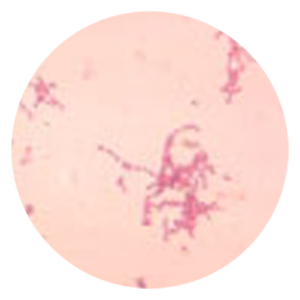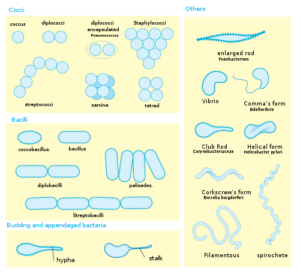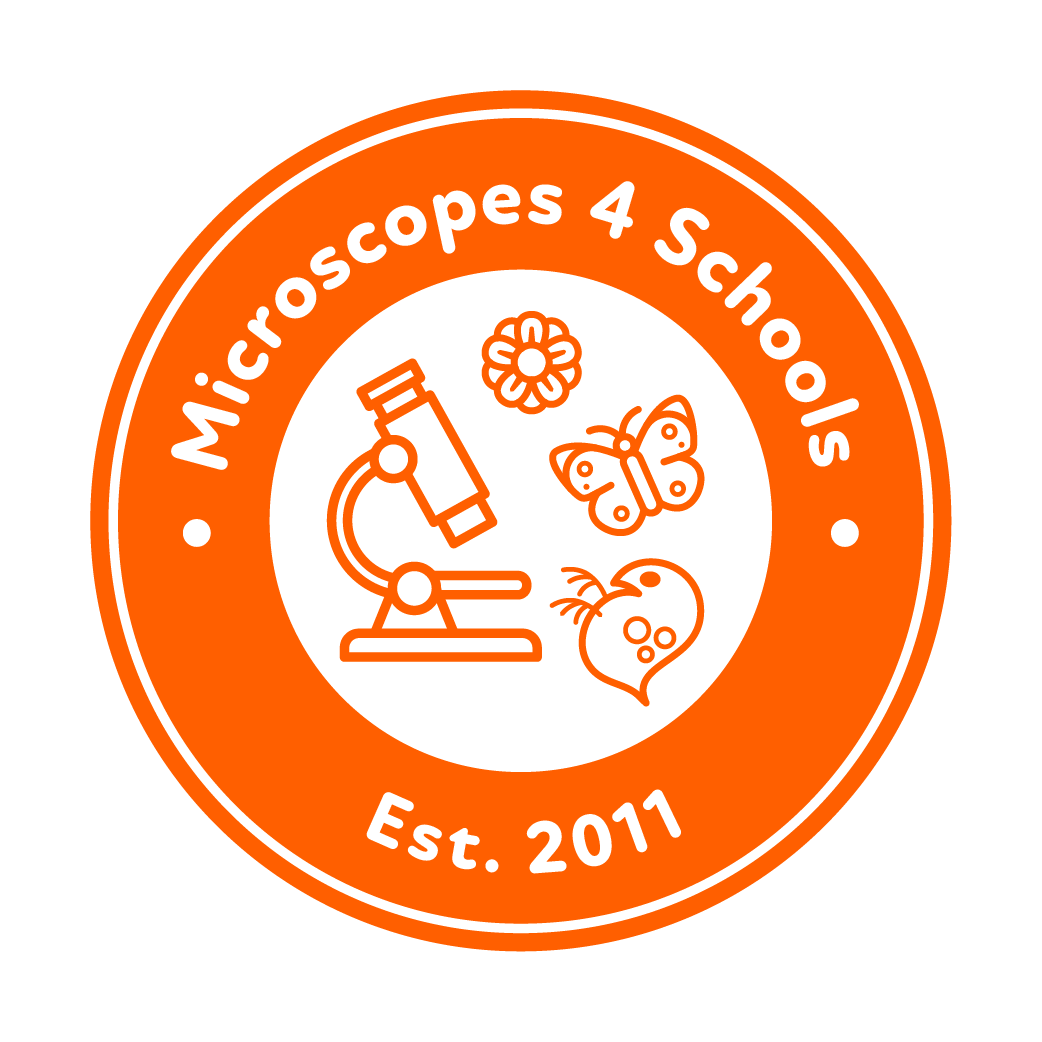Yoghurt bacteria
Compound microscope activity sheet

Materials
- Glass microscope slides
- Plastic cover slips
- Yogurt with live culture (eg: Actimel, Activia, Yakhult)
- Toothpicks
- Paper towels or tissues
- Methylene blue solution (0.5 to 1%) Optional
Methods
- Take a very small drop of yogurt with the toothpick and smear it for 2 to 3 seconds on the slide.
- Place a small drop of methylene blue solution on a microscope slide (optional, you will be able to see the bacteria even without using the stain). Wear gloves and do NOT allow children to handle methylene blue solution.
- Place a coverslip on top. Remove excess solution around the coverslip with a paper towel or tissue.
- View in the compound microscope at 4 x or 10 x initially, before moving to higher magnification. Bacteria will appear small even at the highest magnification.

Bacteria can be found isolated, in pairs (diplo), in clusters or in threads (strepto), and they can have different shapes like rods (bacilli), sphere (coccus) etc.
Yogurt is made from the fermentation of the lactose in milk by the rod-shaped bacteria Lactobacillus delbrueckii subsp. bulgaricus to produce lactic acid, which acts on milk protein to give yoghurt its texture and its characteristic acidic taste. Other bacteria found in yoghurt are Lactobacillus acidophilus or casei, Streptococcus salivarius subsp. thermophilus and Bifidobacterium bifidus.
Fun fact:
There are 10 times more bacteria in our guts than there are cells in our body.



